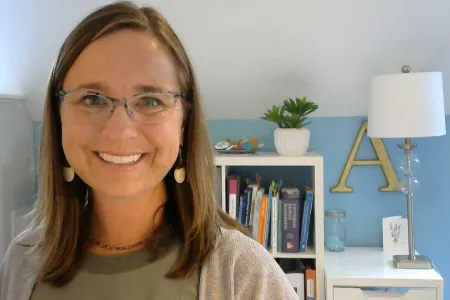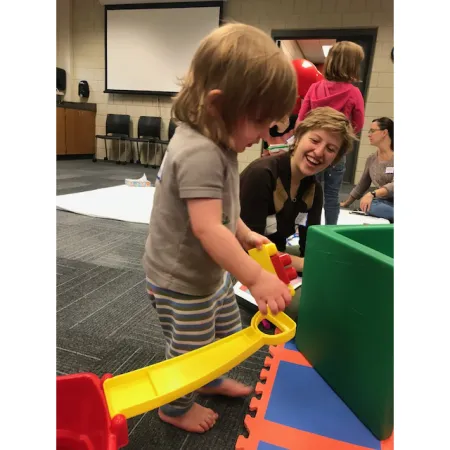Amie Germain, an assistant professor of occupational therapy at Ithaca College, wants her students to visit outdoor community play spaces this semester.
No, she won’t be asking them to go down slides or get on swings or climb jungle gyms. Rather, she will ask her students to stand back, at a safe distance, observe and imagine how community play spaces such as playgrounds are accessed and used by children.
“My Human Development I course has a heavy motor development component to it. Students learn about motor milestones typically achieved from birth through elementary school age. Observing and imagining how children access and engage in outdoor community play spaces helps students apply classroom knowledge,” Germain says.


